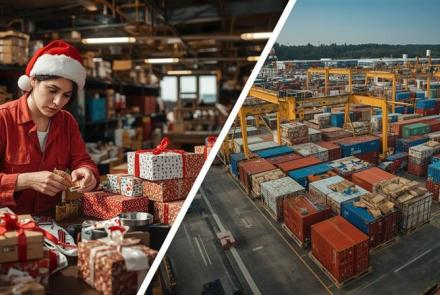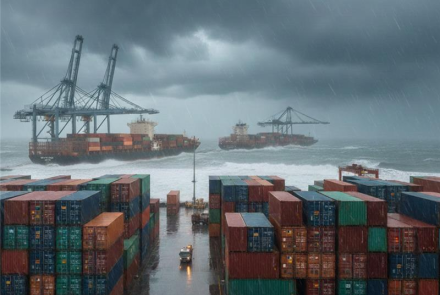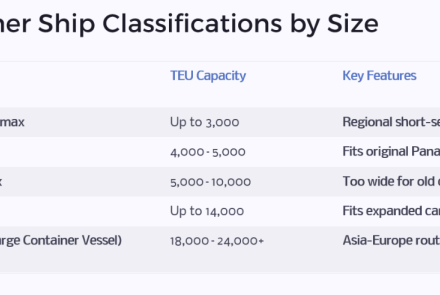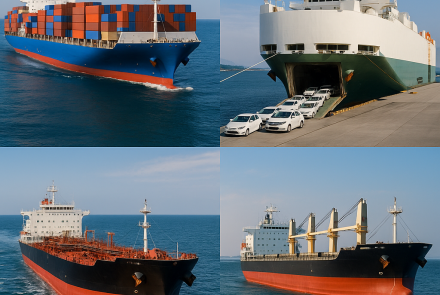ALL THAT YOU OUGHT TO KNOW ON TONNAGE IN SHIPPING
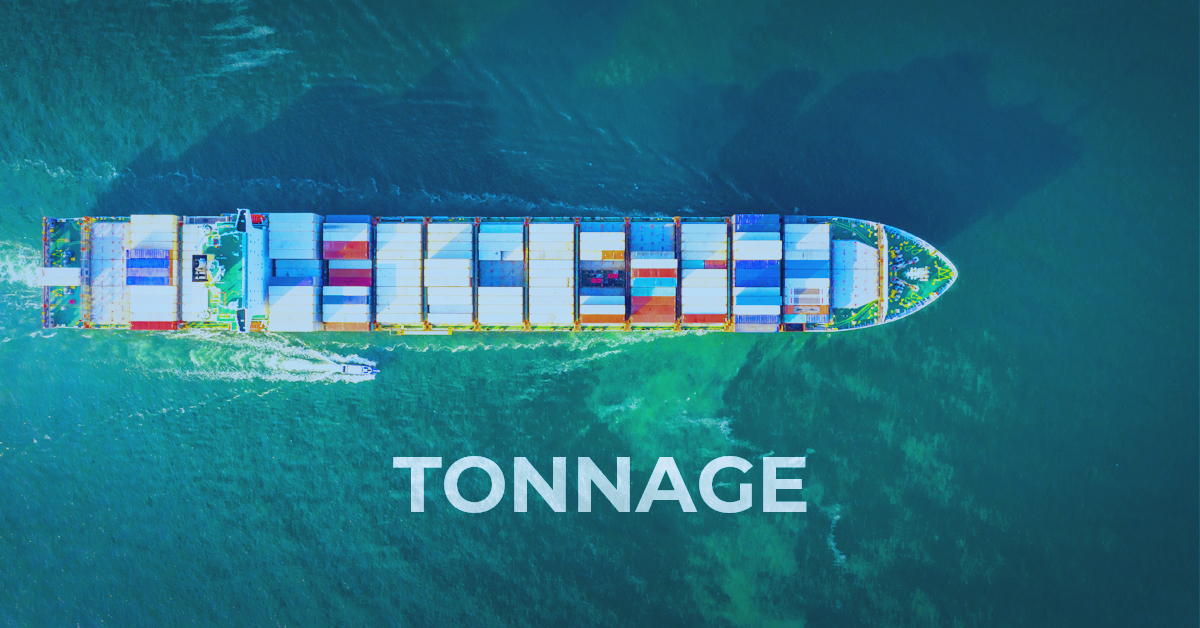 The carrying capacity of a ship, expressed in either weight or volume, is referred to as tonnage in shipping. Tonnage is a term that originates from the practice of charging ships a fee based on the number of "tons" they can carry. There are several computations, combinations, and approvals involved in shipping freight. One such vital measurement that guarantees transportation efficiency and safety is “tonnage”.
The carrying capacity of a ship, expressed in either weight or volume, is referred to as tonnage in shipping. Tonnage is a term that originates from the practice of charging ships a fee based on the number of "tons" they can carry. There are several computations, combinations, and approvals involved in shipping freight. One such vital measurement that guarantees transportation efficiency and safety is “tonnage”.
In the early days, the calculation of tonnage was determined on the basis on a ship's internal volume. But in modern times, the measurement formula has changed to a system where the cargo weight is considered as the unit of measurement, where a “ton” is the standard unit. The technical definition of tonnage has changed several times, but we normally express it in units of weight or volume. In short, tonnage in shipping can be stated as the total number of tons registered or the total carrying capacity of a ship.
All ships have an International Tonnage Certificate (ITC) issued by the flag states in consultation with the Tonnage Measurement of Ships. Adopted in 1969 by the IMO, it came into force on 18 July 1994.
Tonnage of a container ship
A typical 20,250 TEU large container ship measures 1,445 feet x 195 feet, as opposed to 1,304 feet x 185 feet for other ship classes. Its capacity would be expected to be around 220,000 tons.
Let’s understand more about the different terminologies in tonnage.
Gross Tonnage
Gross tonnage refers to the entire size of the vessel covering all enclosed areas within the ship - from the keel to the funnel. Expressed in terms of volume, it covers all spaces within the ship and forms the basis for manning regulations, safety rules and registration fees.
Net Tonnage
Net tonnage is the molded volume of the cargo space in the ship. It takes into consideration only the volume inside a vessel that can be used for loading the cargo. The net tonnage of a ship is usually 30% less than its gross tonnage.
Deadweight Tonnage
Deadweight tonnage is the measurement of a ship's contents that includes cargo, fuel, passengers, crew, provisions, fresh water and ballast water. Abbreviated as DWT, it is a measurement of the total weight a ship can carry. The more heavily laden a ship is, the lower it positions itself in water. Maximum DWT is the total weight a ship can carry without floating dangerously low in the water.
Displacement Tonnage
Measured in cubic meters, a ship's displacement is the volume of water it displaces while floating. The volume of water displaced by a ship while floating, with all its fuel and contents on board, is converted into “weight”, and the value thus obtained is called as “Displacement Tonnage”, measured in metric tons. Displacement Tonnage works out to be the actual weight of the ship, because a floating object displaces an equal volume/weight of water as the weight of the floating object itself.
Yet another term used in shipping is known as “light displacement”, which is the amount of water a ship displaces with no passengers, crew, cargo, water or fuel onboard.
Who issues certificates for international tonnage in shipping?
Based on the tonnage of the ships, manning regulations, registration costs, port dues computation, and safety rules are devised. All ships must possess an International Tonnage Certificate (ITC), which is provided by the flag states under with the International Convention of the International Maritime Organization (IMO) and the Tonnage Measurement of Ships 1969. Before delivery, the calculations are performed by the vessel's certificate society which issues the certificate on behalf of the state. Although the certification includes an expiration date, it must be updated in the event of a modification in the vessel’s structure.
Please read other blogs from VS&B that carry a load of information from the world of container shipping.
Headquartered in Chennai, the VS&B Containers group, is a key provider of marine containers across Asia and Europe. With a fleet of over 30,000 containers and 11 offices, the company specializes in the sale of new and used containers, SOC project shipments, static storage and mobile warehousing. It also provides flexible short-term and long-term leasing options for duty paid (in India) and international containers. VS&B also runs a separate division that offers innovative software solutions for the shipping & logistics industry.
VS&B Containers group understands your container needs and related concerns, and will recommend you the right solution to fit your needs and budget.
Contact traders@vsnb.com to get your containers promptly! Specialists from VS&B will help you select the right container based on your cost considerations, flexibility and returns on investment that your business demands.
Note:
We’ve sourced facts for this blog from www.dripcapital.com
- Log in to post comments



